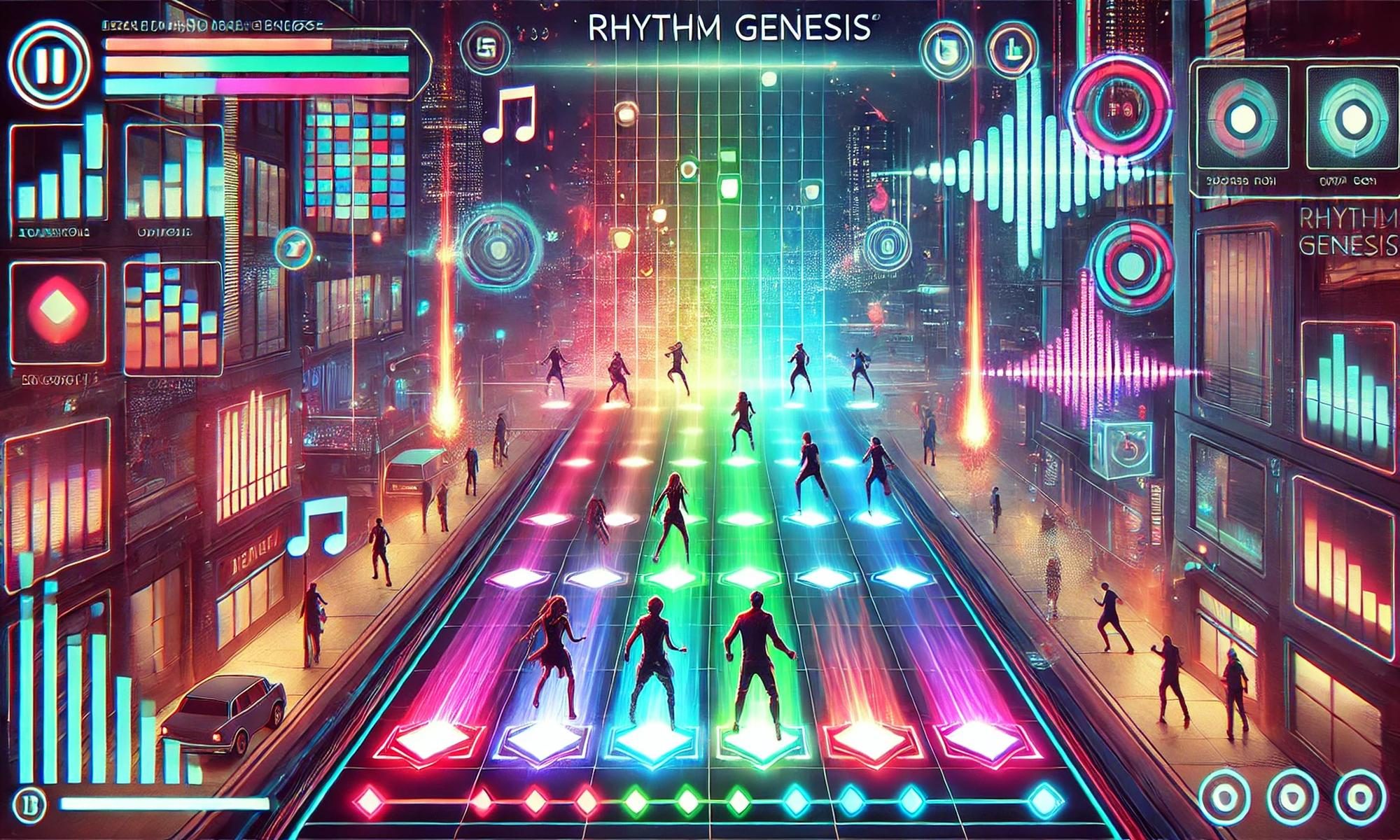This week, I continued testing and refining the rhythm analysis algorithm. I tested out a second version of the algorithm that more heavily weights the standard deviation of the onset strengths into determining whether to count a peak as a note or not. This version is much more accurate across various tempos, as shown in the figure below. These are the results of testing a self-made single clef piano composition. The first version would have more false positives at a very slow tempo and false negatives at a very fast tempo, the missed notes typically being any 32nd notes or some 16th notes. The second version when tested on the same piece performs much better, only missing a few 32nd notes at very fast tempos.
The verification methodology involves creating compositions in MuseScore and generating audio files to test the processing algorithm on. This way, I have an objective truth of the tempo and rhythm and can easily manipulate variables such as the instrument, dynamics, time signature, etc. and see how these affect the accuracy. Additionally, I also test the algorithm using real songs, which often have more noise and more blended sounding notes. Using a Python program, I can run the analysis on a song I uploaded, and playback the song while showing an animation that blinks on the extracted timestamps and record any missed or added notes. To verify that my subsystem meets the design requirements, the algorithm must capture at least 95% of the notes without adding any extra notes of single-instrument songs between 50 and 160 BPM.

I also tested an algorithm that uses a local adaptive threshold instead of a global threshold. This version uses a sliding window so it compares onset strengths more locally, which can allow the algorithm to be more adaptive over the course of a piece especially when there are changes in dynamics. The tradeoff with this is that it can be more susceptible to noise.
I am on track with the project schedule. I think the current version is sufficient for the MVP of this subsystem, so further work will just be more extensive testing and stretch goals for more complex music. I have begun creating more compositions with even more complex rhythms, including time signature changes, which I plan to test this V2 on next week. I also will test the algorithm on pieces with drastic dynamic changes. I plan to play around with the minimum note length more as well. Since V2 is experiencing less false positives, I may be able to decrease this from the current 100ms to accommodate more complex pieces. Additionally, I want to test out a version that uses median absolute deviation instead of standard deviation to see if this outperforms V2. This method will be less sensitive to extreme peaks.
